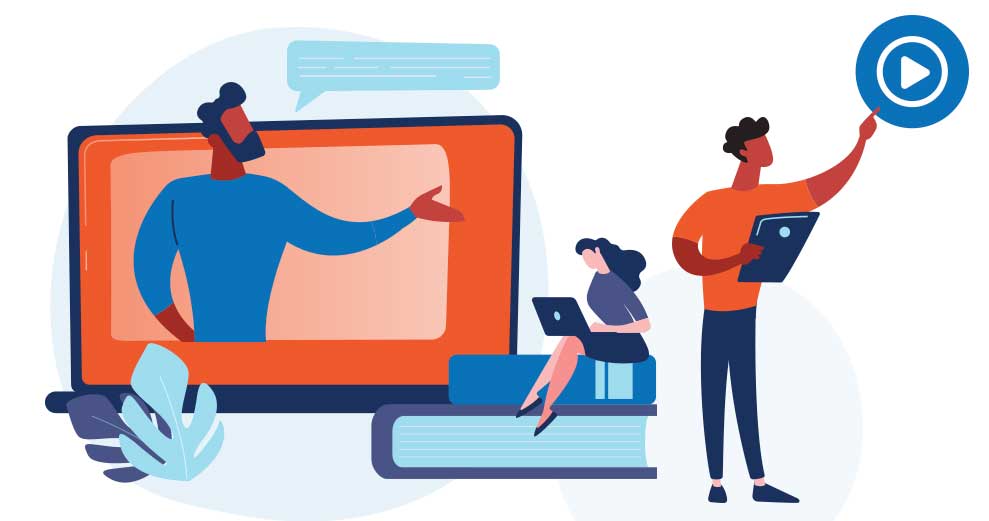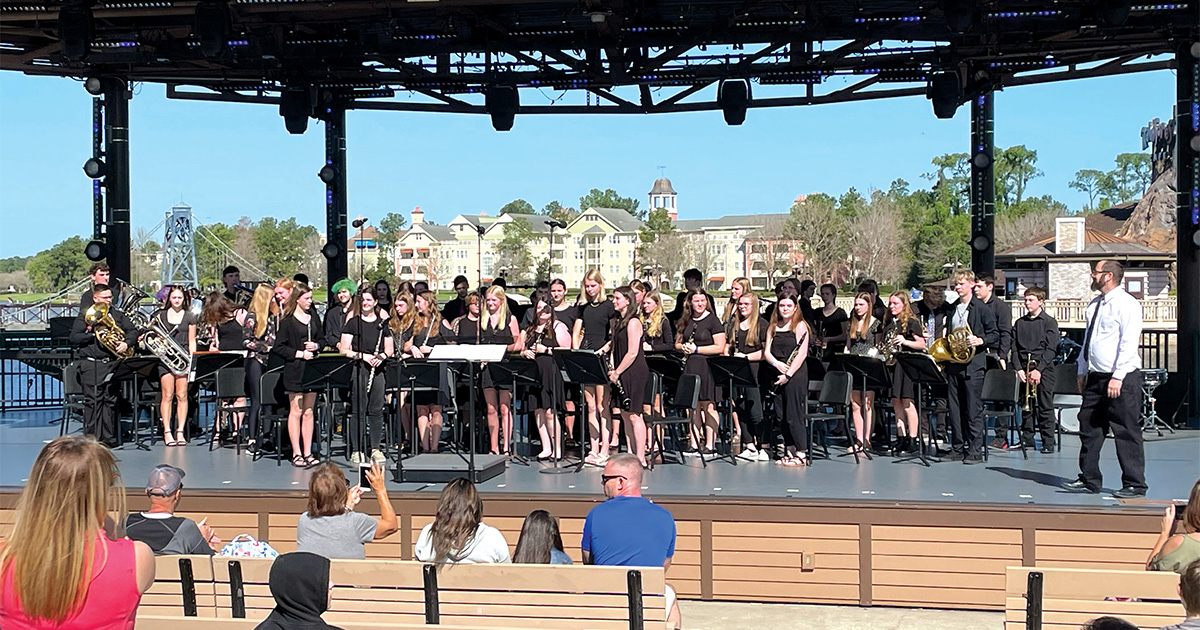In the wake of COVID-19, some educational institutions are canceling or postponing student travel abroad programs, citing continued uncertainty and safety risks for students, faculty, and staff.
Until there’s a vaccine, student travel opportunities may be delayed. But that doesn’t mean that cultural immersion is canceled. There are many ways to practice a foreign language and connect to other cultures when travel is off the table.
Domestic Cultural Immersion
Students may be able to connect to foreign language speakers nearby through small group cultural immersion opportunities. Socially distanced interaction with foreign language speakers within the community can broaden perspectives and sharpen language skills without necessitating travel. While some level of physical contact may be necessary, depending on the program, there are ways to reduce risk.
Foreign Cultural Centers, Organizations, or Film Festivals
Film festivals, museum exhibits, dance performances, annual events, local restaurants and cooking classes all offer cross-cultural opportunities for students hungry to explore another culture. Attending these events in small groups can be culturally enriching and provides a context to language learning that makes classroom learning come alive. Listening to a foreign movie with subtitles turned off builds listening skills, while dining at a restaurant that serves regional cuisine could build camaraderie and mimic the flavors of the foreign country. Advanced students can challenge their skills by speaking in the foreign language at dinner.
Language Tutor
One-on-one instruction from a language tutor allows students to learn at their own pace. Socially distanced lessons could be conducted over Skype or Zoom. Tutoring works well for any level of language learner yet beginning learners may find it helpful to get the support of an instructor who can explain topics and build their confidence. Tutoring is a great way to get extra help with tricky topics or deepen language skills outside the classroom environment.
Virtual Classroom Exchanges
If travel abroad remains inadvisable, virtual exchanges may be the next best thing. Formal exchanges for groups consist of educational programming that delivers the same depth and breadth as classroom learning, arranged directly through an educational partner such as an international school. One-on-one exchanges range from formalized internships to self-directed study.
Online Language Exchanges
Online language exchanges such as italki, Speaky or Conversation Exchange allow students to practice a foreign language while they help a native speaker with their English. Typically, students spend a block of time speaking in English and switch to the language they’re trying to learn. These sites are often free to use, and students could find conversation partners who are close in age or live in a city they plan to visit.
Online language exchanges work best for intermediate to experienced learners who have basic conversational comfort in a foreign language and are motivated to explore a culture. Beginners can find it helpful to work with a tutor who will get their skills up to speed before they take part in language exchanges.
Language Learning Apps
Language learning apps such as Babbel and Duolingo make vocabulary building fun through gamification. Lessons are broken down into five-minute increments. Engaging with these apps each day builds language skills and confidence. While the apps are fun, they aren’t intended as a full substitute for traditional language education—virtually or in person. Think of language learning apps as a nice, easy way to stay connected to a culture and country when student travel may not be feasible.
Language Learning Videos and Podcasts
Videos and podcasts are a great supplementary tool for language learners, who can go explore the material at their own pace. As with apps, they are not a full substitute for traditional classroom learning. These tools pair well with classroom learning by honing students’ listening comprehension skills.
International travel can be transformative for students and these alternatives aren’t intended to replace it for good. Until travel returns to normal, these virtual and local tools will help students engage their language skills, deepen cultural connections, and learn more about themselves in the process.
Written by Lindsey Danis, contributing writer for Teach & Travel.
This article originally appeared in the September 2020 issue of Teach & Travel.




